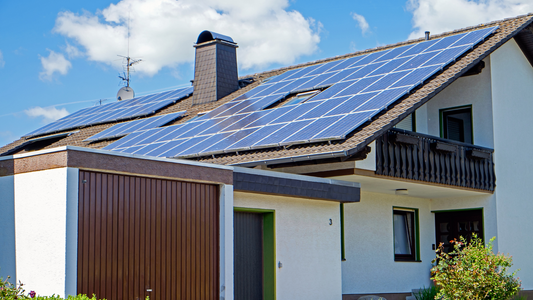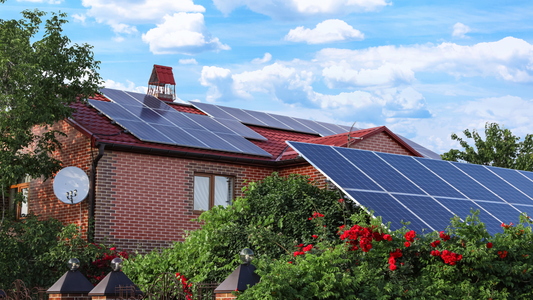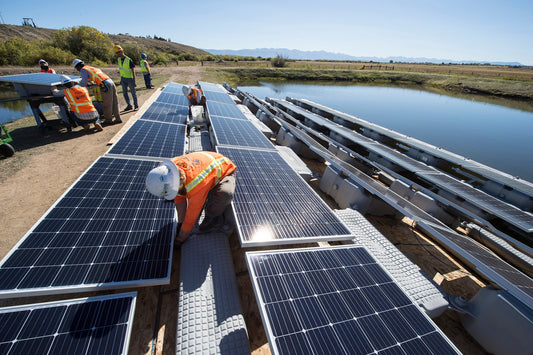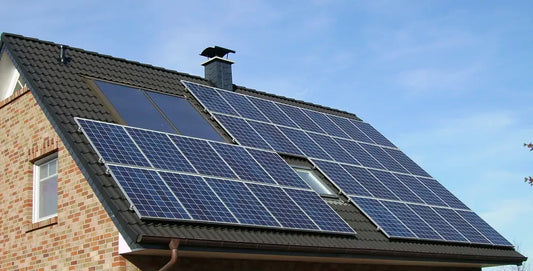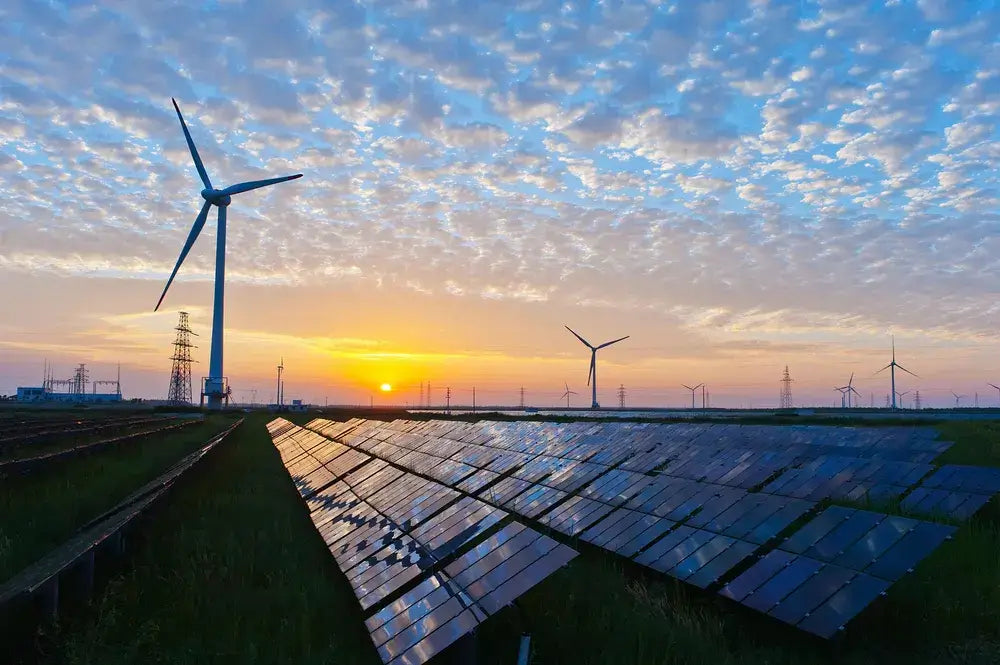
VDE-AR-N 4105 – The complex standard for the safe grid connection of photovoltaic systems
The VDE-AR-N 4105 standard sets out the technical requirements for connecting and operating generation systems, such as photovoltaic systems, to the low-voltage grid. Anyone wishing to install a solar power system must necessarily familiarize themselves with this standard to ensure grid stability and guarantee the safety of the system. The complexity of the regulations clearly demonstrates why installing photovoltaic systems independently without professional assistance can be problematic.
What does VDE-AR-N 4105 regulate?
VDE 4105 specifies detailed requirements for grid security and power control of PV systems. These include:
- Reactive power provision: One of the key requirements of the standard concerns the provision of reactive power, which is crucial for maintaining voltage in the grid. Systems above 3.68 kVA must be capable of providing reactive power to prevent voltage fluctuations.
- Grid and system protection (GSP protection): The GSP protection monitors grid parameters such as voltage and frequency and ensures that the PV system is immediately disconnected from the grid in the event of faults to prevent damage.
- Phase balance and unbalanced load prevention: PV systems must ensure that the power load is evenly distributed across all three phases to prevent grid disturbances. Unbalanced loads can lead to overloads and destabilize the grid.
The challenges of VDE 4105
The requirements of VDE-AR-N 4105 are comprehensive and require in-depth technical understanding, especially for larger systems. Installation errors can not only lead to safety risks but also prevent grid connection. It is therefore imperative that all aspects of the standard are precisely adhered to – from the correct integration of the grid protection system to the provision of reactive power. Furthermore, extensive documentation and testing are required, which can only be performed by certified specialist companies.
Even the smallest deviations from the standard specifications can result in the grid operator refusing to connect the system or even in legal action. The complexity of the technical requirements and the high level of detail of VDE 4105 make it virtually impossible to install such a system in compliance with the standards without expert support.
Installing a photovoltaic system requires not only technical skill, but above all in-depth electrical engineering knowledge to correctly implement the standards and regulations of VDE 4105. Grid and system protection, the provision of reactive power, and the monitoring of grid parameters are tasks that can only be performed safely and properly by specialized companies. Therefore, self-installation poses significant risks to grid security and the system itself.
FAQ on VDE-AR-N 4105
1. What does VDE 4105 regulate?
VDE 4105 defines technical requirements for the safe grid connection and operation of PV systems, particularly with regard to grid protection and reactive power provision.
2. Why is network and system protection (NA protection) important?
The NA protection monitors the grid parameters and automatically disconnects the PV system from the grid in the event of grid disturbances to prevent damage.
3. What is reactive power and why is it important?
Reactive power stabilizes the grid voltage. Without proper reactive power control, grid instabilities and voltage fluctuations can occur.
4. Can I install my photovoltaic system myself?
Due to the complexity of the technical requirements and the high safety standards, you should definitely leave the installation to a certified specialist company.
5. What happens if the standards are not met?
If the requirements of VDE 4105 are not met, the grid operator may refuse to connect the PV system or legal consequences may arise.

